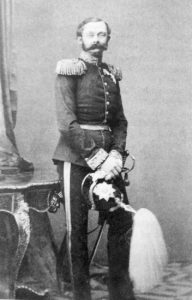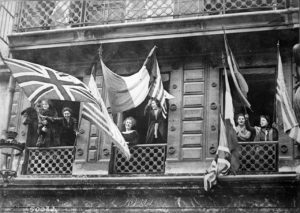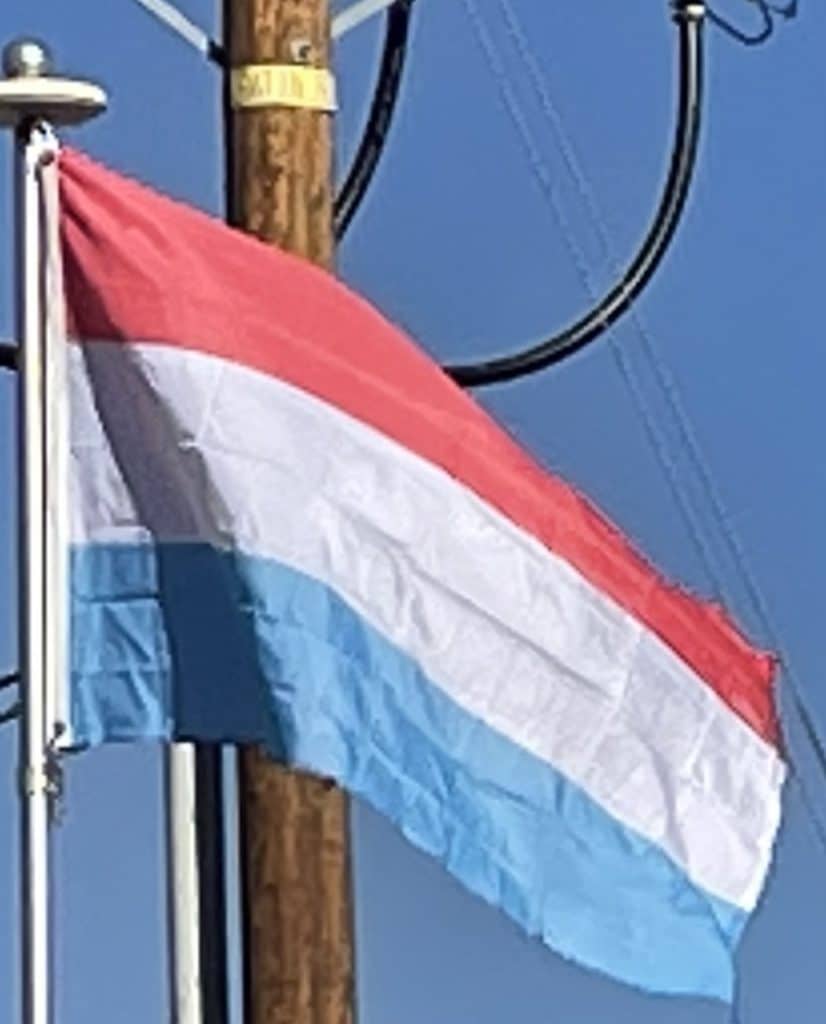The King of the Netherlands remained Head of State as Grand Duke of Luxembourg, maintaining a personal union between the two countries until 1890. At the death of William III, the throne of the Netherlands passed to his daughter Wilhelmina, while Luxembourg (then restricted to male heirs by the Nassau Family Pact) passed to Adolph of Nassau-Weilburg.

At the time of the Franco-Prussian war in 1870, despite allegations about French use of the Luxembourg railways for passing soldiers from Metz (then part of France) through the Duchy, and for forwarding provisions to Thionville, Luxembourg’s neutrality was respected by Germany, and neither France nor Germany invaded the country. But in 1871, as a result of Germany’s victory over France, Luxembourg’s boundary with Lorraine, containing Metz and Thionville, changed from being a frontier with a part of France to a frontier with territory annexed to the German Empire as Alsace-Lorraine under the Treaty of Frankfurt. This allowed Germany the military advantage of controlling and expanding the railways there.
20th Century and Beyond:
In August 1914, Imperial Germany violated Luxembourg’s neutrality in the war by invading it in the war against France. This allowed Germany to use the railway lines, while at the same time denying them to France. Nevertheless, despite the German occupation, Luxembourg was allowed to maintain much of its independence and political mechanisms.

In 1940, after the outbreak of World War II, Luxembourg’s neutrality was again violated when the Wehrmacht of Nazi Germany entered the country, “entirely without justification”. In contrast to the First World War, under the German occupation of Luxembourg during World War II, the country was treated as German territory and informally annexed to the adjacent province of the Third Reich. A government in exile based in London supported the Allies, sending a small group of volunteers who participated in the Normandy invasion. Luxembourg was liberated in September 1944, and became a founding member of the United Nations in 1945. Luxembourg’s neutral status under the constitution formally ended in 1948, and in 1949 it became a founding member of NATO.
In 1951, Luxembourg became one of the six founding countries of the European Coal and Steel Community, which in 1957 would become the European Economic Community and in 1993 the European Union. In 1999 Luxembourg joined the Eurozone. In 2005, a referendum on the EU treaty establishing a constitution for Europe was held.

The steel industry exploiting the Red Lands’ rich iron-ore grounds in the beginning of the 20th century drove the country’s industrialization. After the decline of the steel industry in the 1970s, the country focused on establishing itself as a global financial center and developed into the banking hub it is reputed for. Since the beginning of the 21st century, its governments have focused on developing the country into a knowledge economy, with the founding of the University of Luxembourg and a national space program, projecting the first involvement in a robotic lunar expedition by 2020.
Geography:
Luxembourg is one of the smallest countries in Europe, and ranked 167th in size of all the 194 independent countries of the world; the country is about 2,586 square kilometers (998 sq mi) in size, and measures 82 km (51 mi) long and 57 km (35 mi) wide.
